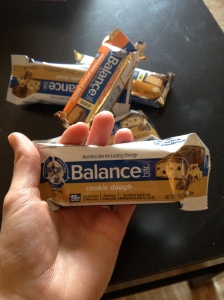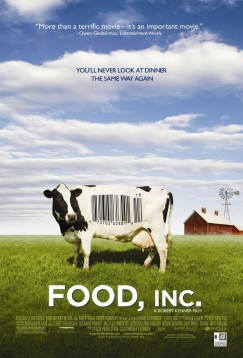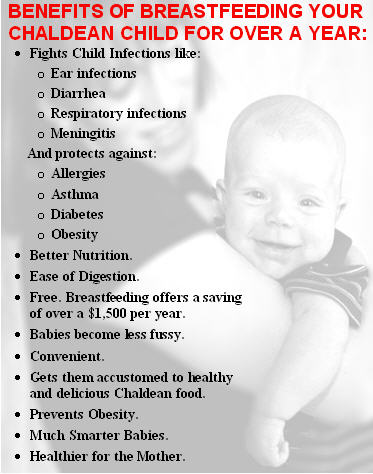Part 2 is kind of going to be a Debbie Downer, but I want to be blunt and truthful about multivitamins and the manufacturing companies that push them.
We left off talking about products…What about all the kinds of multivitamins? One-a-day, three-a-day, six-a-day, a gajillion-a-day? With iron, without iron? Centrum©, GNC©, Nature’s Way©? Have you been to Whole Foods lately and experienced the shelves on shelves of multivitamins?? It’s overwhelming to say the least. I consider myself ucky that I previously had a job where I learned a lot about different supplements and got to know the reps and the research, so I feel pretty legitimate in giving you advice in this area. So let me give you the low-down.
What to know about the FDA
First of all, something you may not know is that the FDA does not regulate supplements. There are no guidelines or quality controls placed by the FDA like there are for pharmaceuticals. And unfortunately, US manufacturing companies want the cheapest materials possible so they can stay competitive and maximize profits, possibly at your health’s expense. Most companies do little or no testing of their raw materials or finished products. In 2007, the FDA finalized the current dietary supplement Good Manufacturing Practices (GMPs) which allows individual US manufacturing companies to come up with their own guidelines. There are certain guidelines companies must follow to ensure safety, consistency, quality, purity, and potency of their dietary supplements, but they are loose and, like I said, determined by the company. The FDA is highly unlikely to enforce compliance and the only time the FDA gets involved is after voluntary re-calls. Aka after the damage is done. Does this freak you out?! Freaks me out!
What to know about products
Now that you are warned let’s discuss what to look for when shopping for a multivitamin. Individual preference will determine how often you want to take a pill. Technically taking a three or six-a-day will contribute a larger safety net, because as I eluded to earlier, sometimes vitamins compete for absorption and taking a pill with food will also change how you digest the nutrients in the supplement. Taking it multiple times spreads out the opportunity to meet your needs. Taking multiple pills a day may be easier on your digestive tract if you are sensitive, as some consumers report discomfort from consuming such a high dose at once. But if you are like me and can’t remember to take a pill to save your life, than a one-a-day would be better for you.
Iron or no iron? Men don’t need added iron because 1) men tend to get enough iron from high biological value sources like meat (pass the bacon) and 2) men have a harder time excreting the extra iron beyond what is needed and that can cause hard black poop. Sorry to be blunt. Women need the extra iron because we don’t tend to be meat-heads and we lose a lot during a certain time of month. Again, sorry to be blunt.
If you are a planning or expectant mother, look for a multivitamin that has DHA added. This is a by-product of omega-3’s that supports brain and spine development. Some multis might even list it as added fish oil. Or you can take a fish oil separate in addition to your multi if you don’t want it all combined, but DO NOT forget to take fish oil at this time. You want your baby to be sharp and developed!
Now for the brands. No labels will say FDA approved or give you any insight as to how the manufacturing went down, so this can be real tricky. But this is what I like and learned from my previous job. This brand Mega-Food© is pretty awesome. When you read the label instead of reading “ascorbic acid” or “beta-carotene” or other sciency terms, you will read “oranges” or “carrots”. This supplement is made from actual food sources, not synthetic things created in a plant. The foods are all from organic produce, spirulina, and yeast. The doses are much lower than what you typically find on a label as well. Because the vitamins and minerals come from actual food sources, they absorb much easier and naturally in your body. Meaning you will likely get what you think you are getting and you won’t experience any discomfort in the process. Also, as of summer 2011, this brand was the only brand that made a children’s multivitamin with zero sugar. If that’s important to you as a parent, keep this brand in mind.
 I also like Vitamin Code©, I worked with their reps a lot and they are good people and represent a good company (unless they are fooling us all!). Their multi’s are considered “raw” meaning they add live probiotics and enzymes in addition to the vitamins and minerals. This helps the absorption and will help your gut stay healthy! Alive© is another good brand that has raw products and actual fruit and vegetable ingredients. So I would say those are my top 3.
I also like Vitamin Code©, I worked with their reps a lot and they are good people and represent a good company (unless they are fooling us all!). Their multi’s are considered “raw” meaning they add live probiotics and enzymes in addition to the vitamins and minerals. This helps the absorption and will help your gut stay healthy! Alive© is another good brand that has raw products and actual fruit and vegetable ingredients. So I would say those are my top 3.
In conclusion I will quote Michael Pollan:
“If it is a plant, eat it. If it was made in a plant, don’t”
But as a second conclusion I would like to reiterate myself and state that at the end of the day you have the choice to do whatever you want. I don’t want to be too pessimistic about multivitamins because they can be great. I order them for patients who need them at the hospital all the time. But take this new information I have provided you and consider these points when choosing a multivitamin. And if you can help it, just eat good food instead.



















